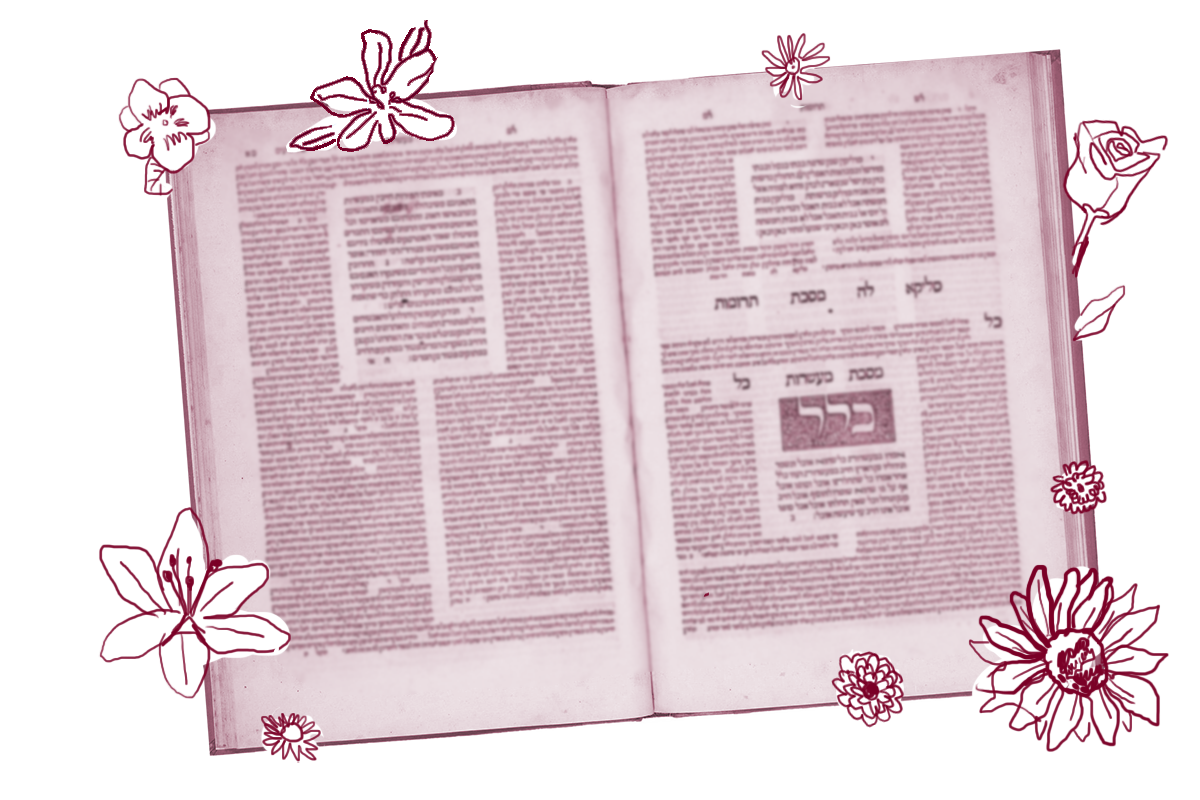Today we are back to the subject of muktzeh, items that should not be touched or moved because they are primarily used for labor that may not be performed on Shabbat. This law turns out to be inconvenient in many settings and also complicated to understand. For instance, let’s suppose you want to lift a small child who is grasping a stone or a coin (both muktzeh). What should you do? According to a mishnah on yesterday’s page, you may lift the child with the stone. But on today’s page, the Talmud forbids one to lift the child grasping a coin because if the child drops the money the adult will be tempted to pick it up.
The laws of muktzeh are inconvenient enough that the rabbis devised loopholes to soften the burden. We encountered one of the strangest about 100 pages back, in Shabbat 43: one can move a corpse (muktzeh) by placing a baby on top of it so that the body becomes a carrying vessel for the baby. This idea is in fact revisited on today’s page as well, and the rabbis continue to explore the idea of using babies and loaves of bread as excuses to carry items that are muktzeh:
Rabbi Oshaya said: If one forgot a purse in the courtyard, he places a loaf or a baby on it and moves it.
Rav Yitzhak said: If one forgot a brick in the courtyard, he places a loaf or a baby on it and moves it.
Rabbi Yehuda bar Sheila said that Rabbi Asi said: Once, they forgot a saddlebag full of coins in a main street, and they came and asked Rabbi Yohanan, and he said to them: Place a loaf or a baby on it, and move it.
Note that in all these cases, it is clear that the items may be moved in this manner only if they are accidentally left somewhere unsafe. Items intentionally left out cannot be moved using this loophole. But could one intentionally bundle together a non-muktzeh and a muktzeh object prior to Shabbat in order to be able to move them together one Shabbat?
You would probably think not. But that in fact is the position of Abaye, who would place a spoon on top of a bundle of produce so that he could move the produce on Shabbat. His colleagues look askance at this practice and he is forced to explain his behavior:

Help us keep Jewish knowledge accessible to millions of people around the world.
Your donation to My Jewish Learning fuels endless journeys of Jewish discovery. With your help, My Jewish Learning can continue to provide nonstop opportunities for learning, connection and growth.
Abaye said: If not for the fact that I am an important person, why would I need to place a spoon on the bundles? Aren’t the bundles themselves suited to lean upon?
In other words, Abaye argues, the bundles of produce actually may be moved on Shabbat because they are not truly muktzeh. But since some people might not realize this and believe them to be muktzeh, Abaye places a spoon on them so it appears they are moved in an acceptable manner. As an important person, he must set a good example.
And so it goes. The argument continues about whether something is muktzeh, and if it is under what circumstances it may be moved anyway, and whether the standards are different for ordinary people and those who are examples to the community. Perhaps this is one reason tractate Shabbat is one of the longest in the Talmud. And perhaps the real lesson here is that bread and babies are indispensable on Shabbat!
Read all of Shabbat 142 on Sefaria.
This piece originally appeared in a My Jewish Learning Daf Yomi email newsletter sent on July 26, 2020. If you are interested in receiving the newsletter, sign up here.



